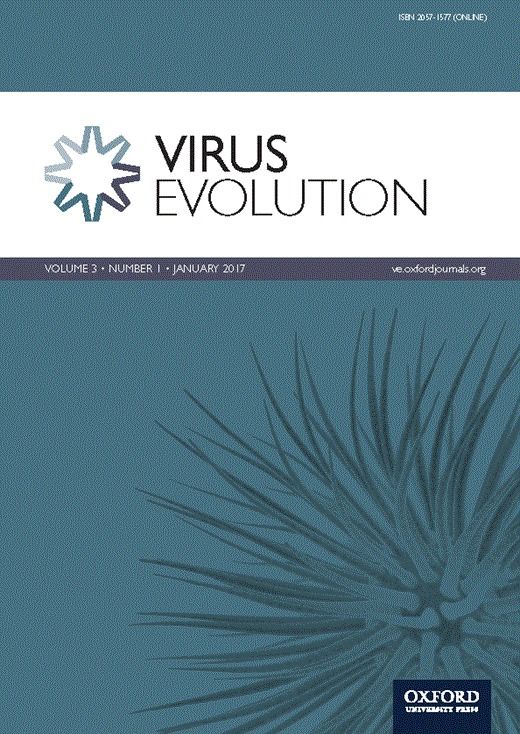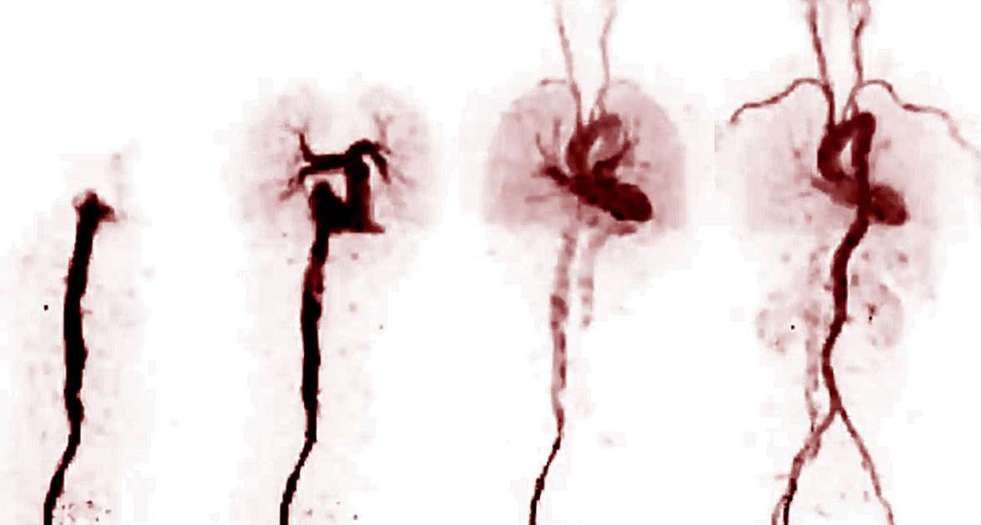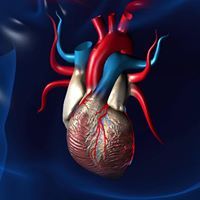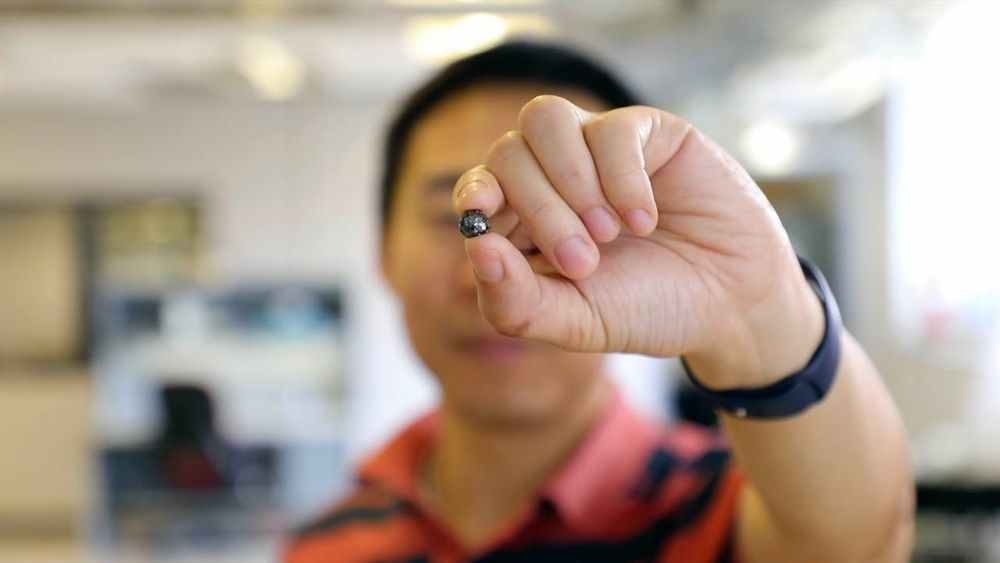Jan 22, 2020
Are bats to blame for China’s virus?
Posted by Omuterema Akhahenda in categories: biotech/medical, food, habitats
Zoonotic diseases may become the source of more outbreaks in the future. People must take note and pass the appropriate regulations to prevent future outbreaks.
https://www.newsroom.co.nz/2020/01/22/996315/are-bats-to-blame-for-chinas-virus#
As bats and humans cross paths more viruses are making the jump from bat to people. China’s latest scare is the latest coronavirus to affect humans likely to have its origins in bats.
















